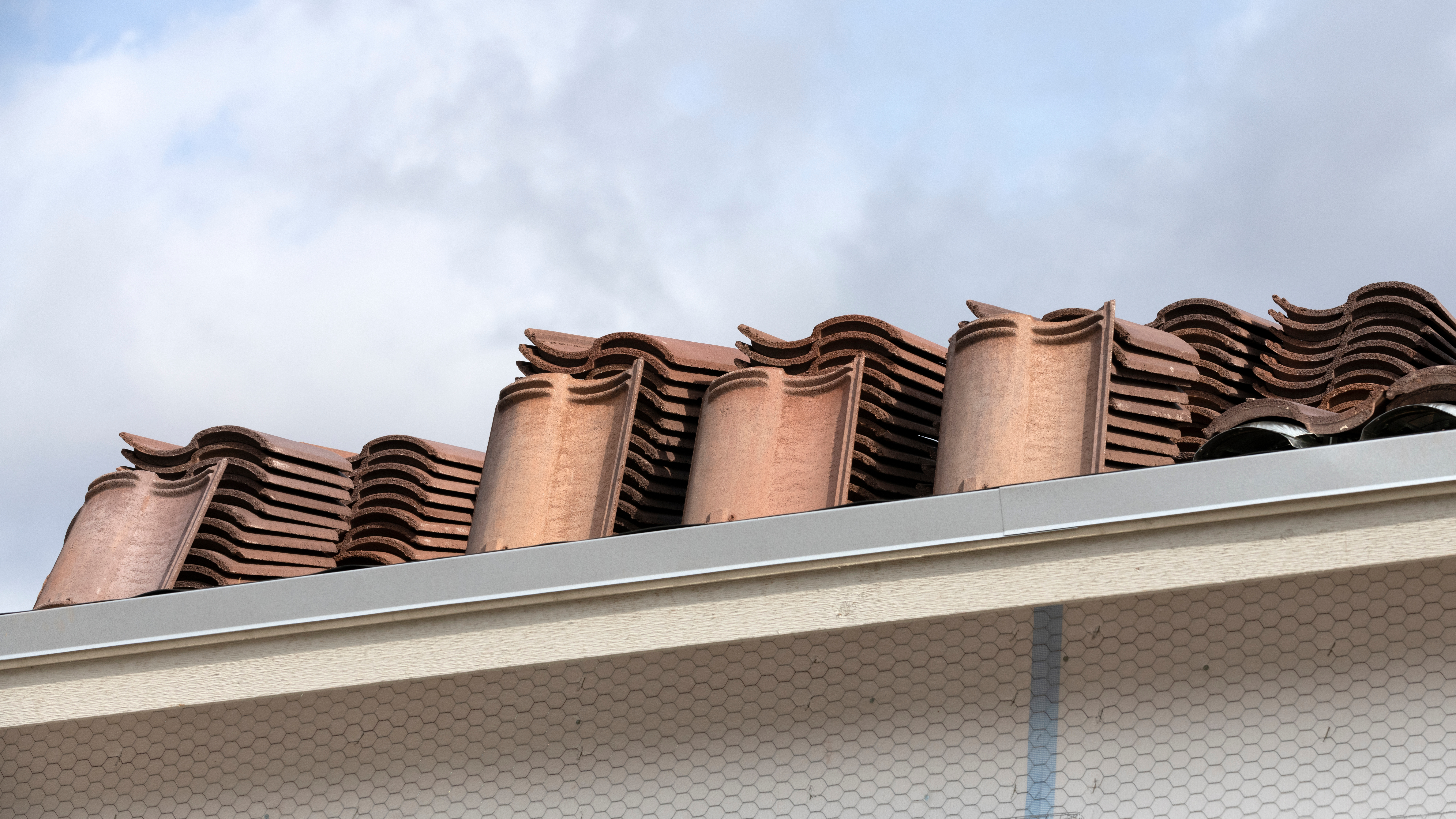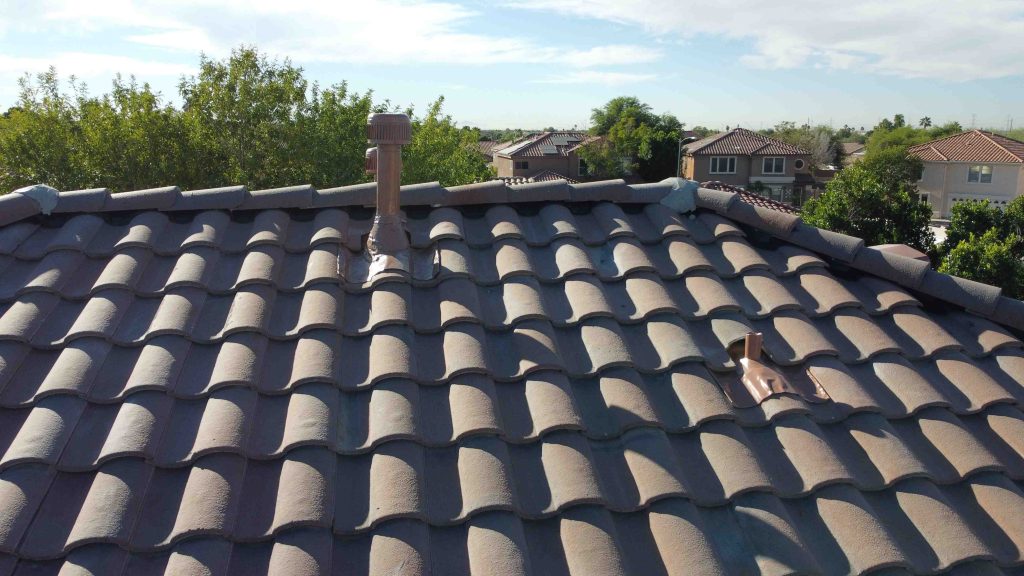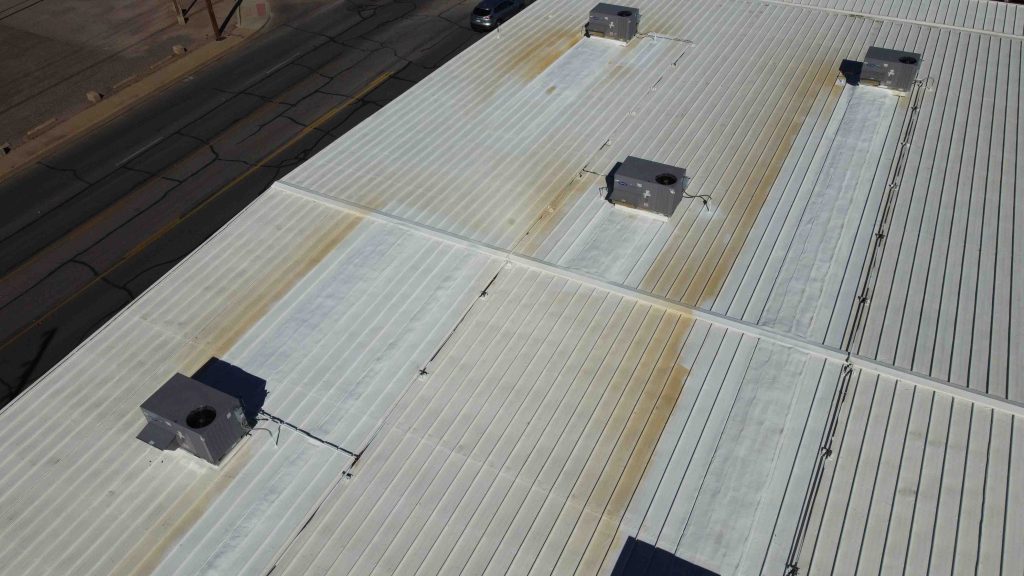Top Questions About Residential Roofing
When it comes to maintaining and safeguarding your home, few elements are as crucial as your roof. Residential roofing faqs often revolve around common concerns like roof replacement, roof repair, roofing materials, and regular roof inspections. Homeowners need clear answers to these pressing questions to keep their homes safe and secure.
Right up front, here’s what you need to know:
- Signs your roof needs attention: Missing shingles, water leaks, and visible sagging are red flags.
- Roof leaks: Immediate inspection is key. Sometimes a simple repair suffices, other times a full replacement is necessary.
- Cost considerations: Pricing varies based on material, size, and complexity.
- Warranties: New roofs often come with extensive warranties, covering both repair and replacement.
Feeling more prepared already? Great! But there’s more to explore about residential roofing. Understanding when to repair versus replace, selecting the right materials, and knowing how often to inspect your roof can save you time and money.

Simple guide to residential roofing faqs terms:
Signs Your Roof Needs Attention
Keeping an eye on your roof can save you from costly repairs. Here are some common indicators that your roof may need attention:
Common Indicators
- Water Leaks: If you notice water stains on your ceilings or walls, it’s a clear sign of a leak. Even small leaks can lead to mold and structural damage if ignored.
- Sagging Ceilings: A sagging ceiling often indicates significant water damage. This can compromise the structural integrity of your home.
- Wildlife Damage: Birds, squirrels, and other animals can cause damage by nesting in your roof. Look for signs like nests or droppings.
- Decaying Shingles: Shingles that are curled, cracked, or missing granules are a sign of decay. These need to be replaced to prevent further damage.
- Bald Spots: Missing granules from shingles can lead to bald spots. These spots expose the underlying materials to the elements, increasing the risk of leaks.
- Missing Shingles: After a storm, check for missing shingles. These gaps leave your roof vulnerable to water damage.
When to Replace vs. Repair
Deciding whether to repair or replace your roof depends on several factors:
- Age of Roof: Most asphalt shingle roofs last about 20-25 years. If your roof is nearing this age, it might be time for a replacement.
- Extent of Damage: Minor issues like a few missing shingles can often be repaired. However, extensive damage, like widespread leaks or sagging, usually requires a full replacement.
- Cost Considerations: Sometimes, frequent repairs can add up. In such cases, replacing the roof might be more cost-effective in the long run.
- Professional Inspection: Always consult a professional roofer for an inspection. They can provide a detailed assessment and recommend the best course of action.
Ignoring these signs can lead to more severe damage and higher repair costs. Regular inspections and prompt repairs can help maintain the health of your roof and protect your home.
Understanding these signs and knowing when to take action can save you a lot of hassle and money.
Residential Roofing FAQs
How Long Should a Roof Last?
The lifespan of a roof largely depends on the materials used and environmental factors. For example:
- Asphalt Shingles: Typically last 20-25 years.
- Metal Roofs: Can last 40-70 years.
- Clay or Concrete Tiles: Often last over 50 years.
Environmental factors like extreme weather conditions can also impact your roof’s longevity. Regular maintenance can help extend its lifespan.
How Often Should You Inspect Your Roof?
You should have your roof inspected at least once a year. However, additional inspections are recommended under certain conditions:
- Post-Storm Inspection: After severe weather, check for damage like missing shingles or leaks.
- Professional Inspection: Especially for older roofs, a professional inspection can catch issues that aren’t visible to the untrained eye.
Regular inspections can help you catch minor issues before they turn into major problems.
What Are the Steps to Roofing a House?
Roofing a house involves several critical steps:
- Permits: Always check local regulations to see if you need a permit.
- Tear-Off: Remove old shingles and inspect the decking.
- Repairs: Fix any damaged areas on the roof deck.
- Underlayment: Install a protective layer to shield against moisture.
- Drip Edge: Apply to the edges of the roof to direct water away.
- Flashing: Install around chimneys and vents to prevent leaks.
- Starter Shingles: Lay the first row of shingles to ensure a proper seal.
- Shingles: Install the main shingles, working your way up from the bottom.
Each step is crucial for ensuring your roof is durable and leak-free.
How Much Does a New Roof Cost?
The cost of a new roof varies based on several factors:
- Material Costs: Asphalt shingles are generally the most affordable, while metal or tile roofs are more expensive.
- Labor Costs: These can vary depending on the complexity of the job and your location.
- Roof Size: Larger roofs will naturally cost more due to the increased amount of materials and labor required.
- Tear-Off Costs: Removing an old roof adds to the overall expense.
For example, an average-sized home with asphalt shingles might cost between $7,600 and $8,000 or more. Always get a detailed estimate from your roofing contractor to understand the full scope of costs involved.
Understanding these fundamental aspects of residential roofing can help you make informed decisions and maintain a sturdy, reliable roof.
Conclusion
Maintaining your roof is crucial for the longevity and safety of your home. Regular maintenance and professional inspections can help identify and fix issues before they become major problems.
Roof maintenance involves routine checks and small repairs that can prevent more significant damages. For example, replacing damaged shingles and ensuring proper sealing can keep your roof in good shape.
Professional inspections are essential because experts can spot issues that might not be visible to the untrained eye. They can provide detailed assessments and recommend necessary repairs or replacements.
At Five Guys Roofing, we specialize in roof repair and replacement. Our team is committed to providing top-notch service to keep your roof in excellent condition.
FAQ Section
1. How do you know if your roofing contractor is ripping you off?
Be wary of extremely low bids, which could mean subpar work. Always request and check local references before hiring someone. Ensure your roofer offers a warranty on materials and installation.
2. Should a roofer leave extra shingles?
Yes, it’s a good practice to leave extra shingles after a roofing job. This ensures you have matching materials for future repairs, maintaining the roof’s appearance and integrity.
3. What are the steps to roofing a house?
Roofing a house involves several steps:
- Permits: Check local regulations for necessary permits.
- Tear-Off: Remove old shingles and inspect the decking.
- Repairs: Fix any damaged areas on the roof deck.
- Underlayment: Install a protective layer to shield against moisture.
- Drip Edge: Apply to the edges of the roof to direct water away.
- Flashing: Install around chimneys and vents to prevent leaks.
- Starter Shingles: Lay the first row of shingles to ensure a proper seal.
- Shingles: Install the main shingles, working your way up from the bottom.
4. How long should a roof last on a house?
The lifespan of a roof depends on the materials used:
- Asphalt Shingles: 20-25 years.
- Metal Roofs: 40-70 years.
- Clay or Concrete Tiles: Over 50 years.
Environmental factors and regular maintenance also play a significant role in a roof’s longevity.
5. What are the potential consequences of neglecting hail damage repairs?
Neglecting hail damage can lead to compromised structural integrity, leaks, and further deterioration of your roof. This can potentially increase repair costs in the long run. Always address hail damage promptly to avoid these issues.
By following these tips and working with professionals like us, you can ensure your roof remains in top condition for years to come. A well-maintained roof is essential for a safe and comfortable home.



